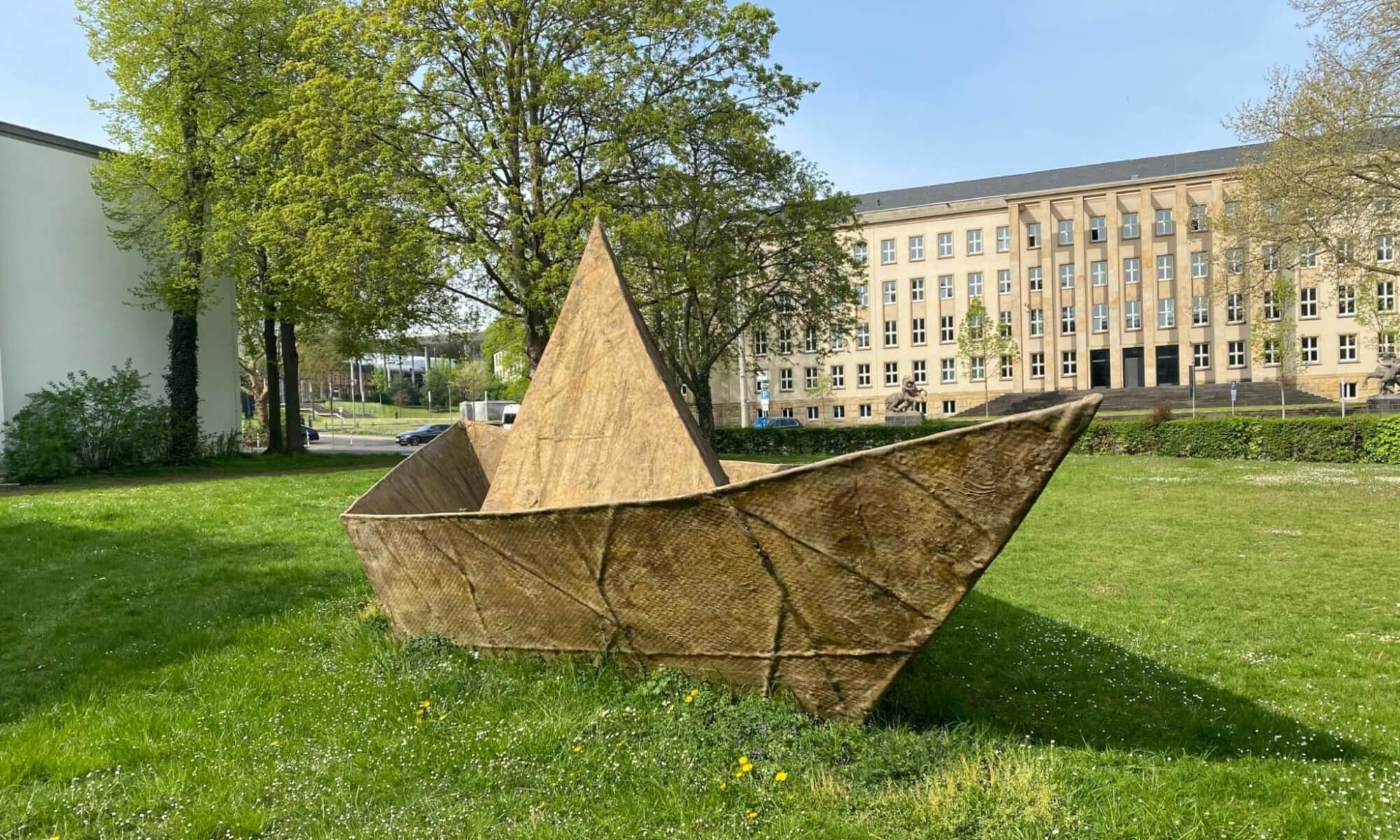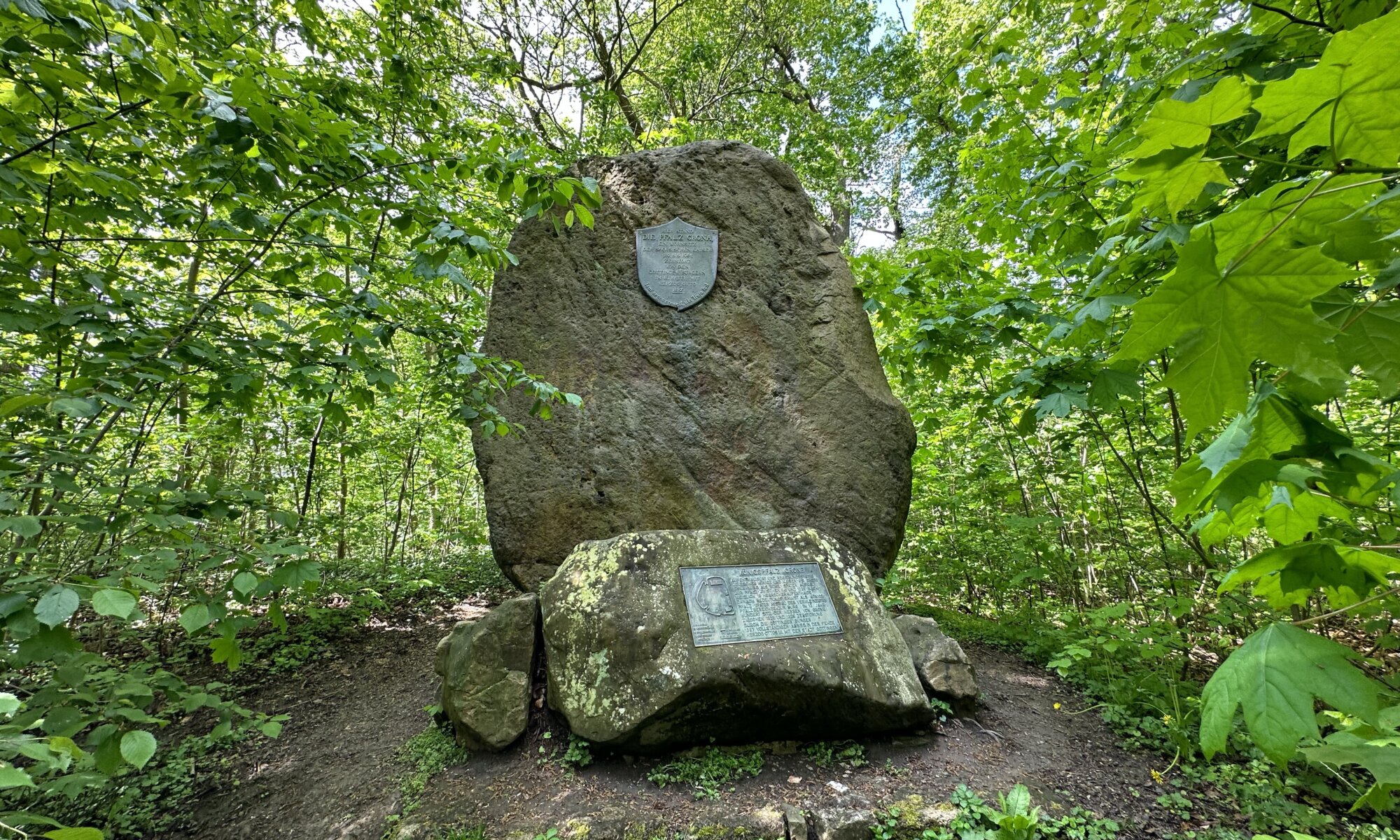In former times the kings and emperors in Germany didn’t have permanent seats, they had royal palaces spread out over their realm and were travelling between them. From 915 to 1387 one of these places called Königspfalz or Kaiserpfalz was located on the territory of Göttingen, the Pfalz Grona (also known as Burg Grona). It is one of the roots of the city quarter Grone (even as today it belongs to the Weststadt) and kings and queens, emperors and empresses were enjoying their stays there – but it is mostly forgotten. There are only street names remembering the past (Pfalz-Grone-Breite, Burg Grona, Unter der Pfalz) and a memorial stone hidden in the forest on top of the Hagenberg mountain.
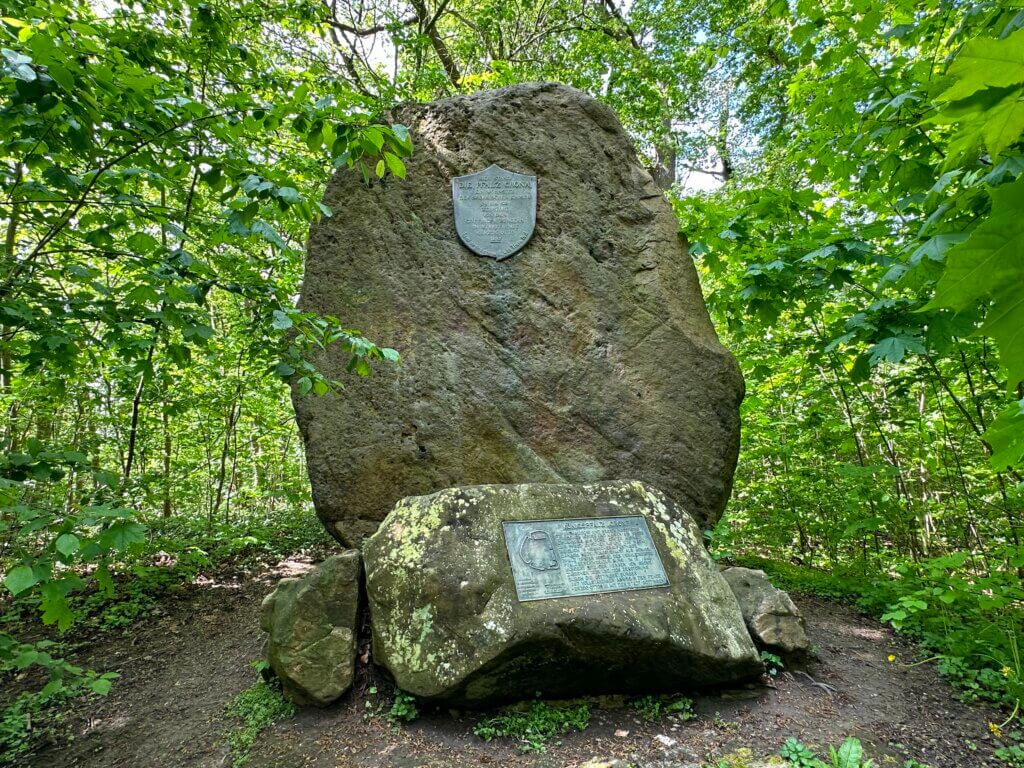
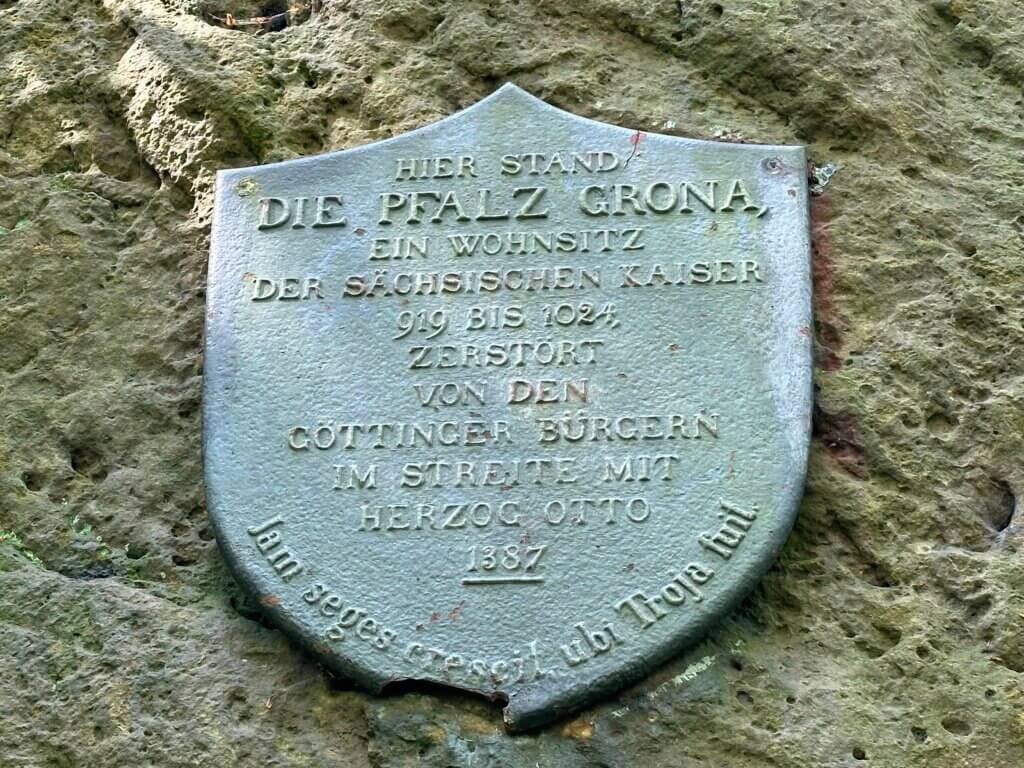
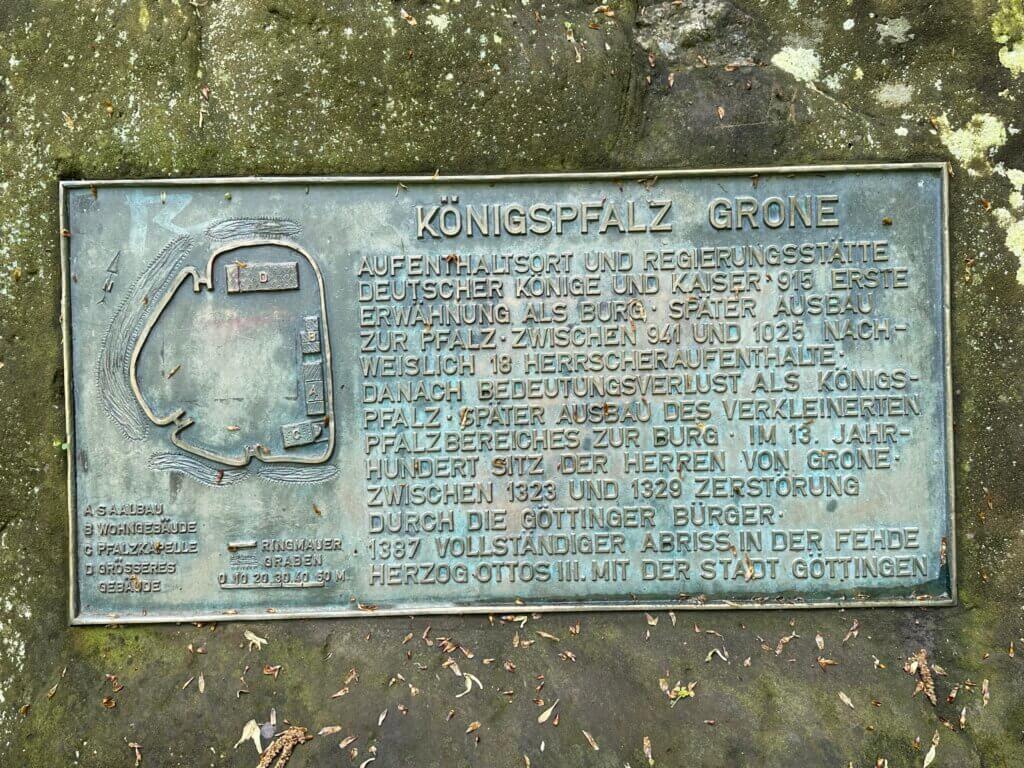
The Pfalz was first mentioned in 915 and used by the kings of Saxony. It was visited eighteen times by emperors of this house, was besieged and became the place were Henry II (Holy Roman Emperor, Duke of Bavaria, King of Italy) died. Henry and his wife Cunigunde used this place frequently. They were later buried at the cathedral of Bamberg and became saints of the Catholic church. When he died the importance of this fortified palace decreased. Over time it was rebuilt and destroyed multiple times, last in 1387 by the citizens of Göttingen. That is also what the memorial plaque from 1884 states:
“Hier stand die Pfalz Grona, ein Wohnsitz der sächsischen Kaiser 919 bis 1024, zerstört von den Göttinger Bürgern im Streite mit Herzog Otto 1387.”
‘Here was the Pfalz Grona, a residence of the Saxon Emperors from 919 to 1024, destroyed by the citizens of Göttingen in a dispute with Duke Otto in 1387.’
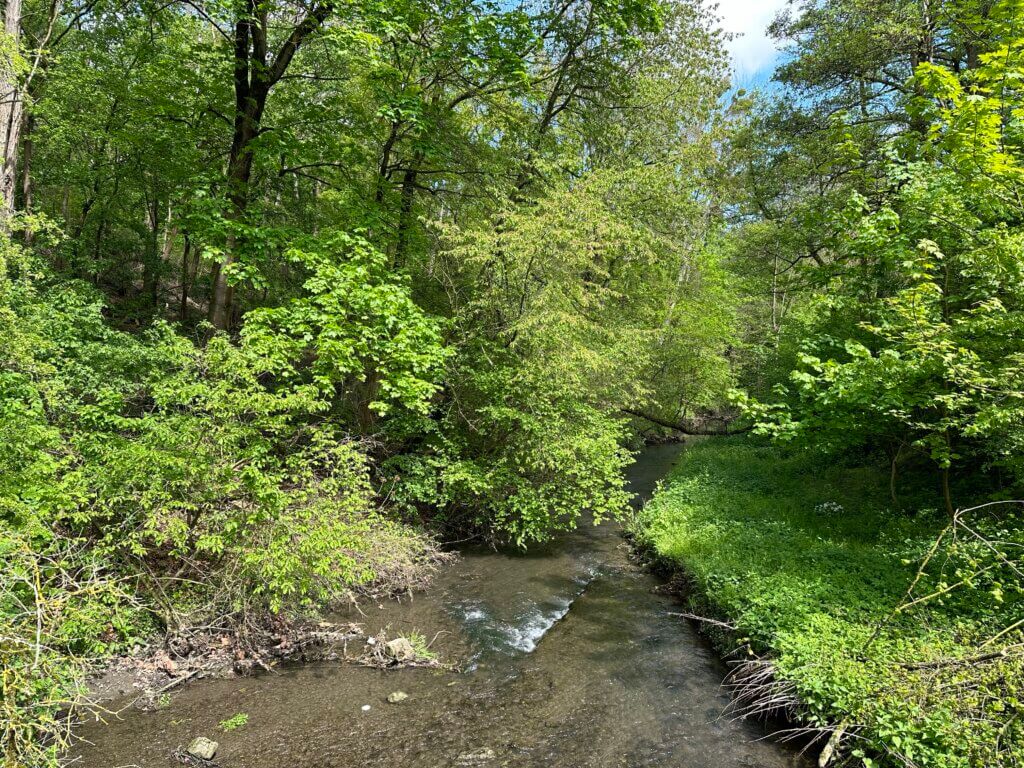
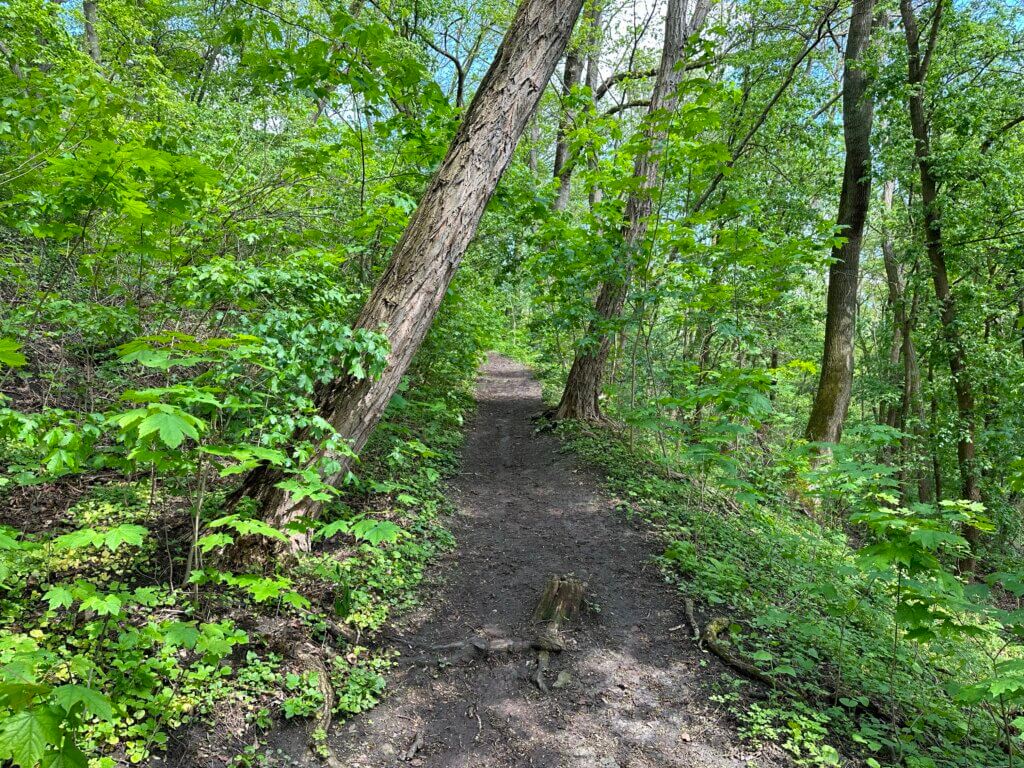
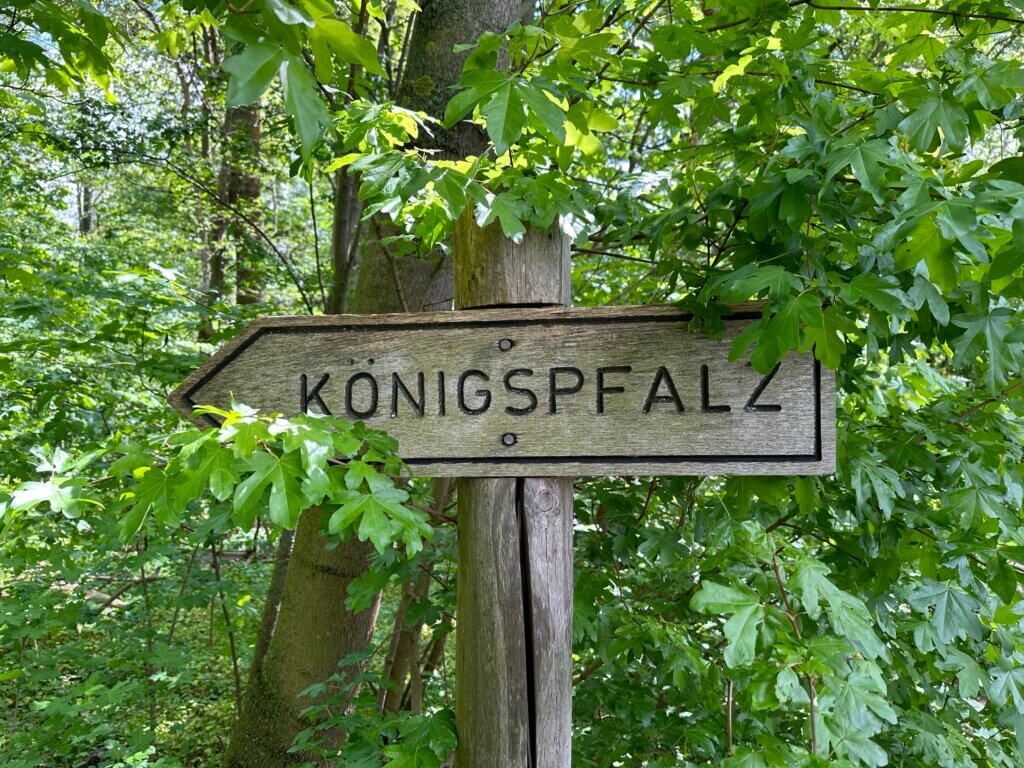
Underneath the historic inscription there is a quote from The Heroines by Ovid:
“Jam seges crescit ubi Troja fuit”
‘The seed is already growing where Troy once was’
A second plaque created in the 20th centuries gives further historic details. How good has this place been analyzed? There have been archaeological excavations in the past, first rather unprofessional ones in 1880, later scientific ones in the 20th century. Different layers of former buildings were found and you can see a schematic drawing on the memorial stone. But nothing of that is visible today. You can find the Pfalz Grona memorial on the Hagenberg mountain with the river Grone underneath.
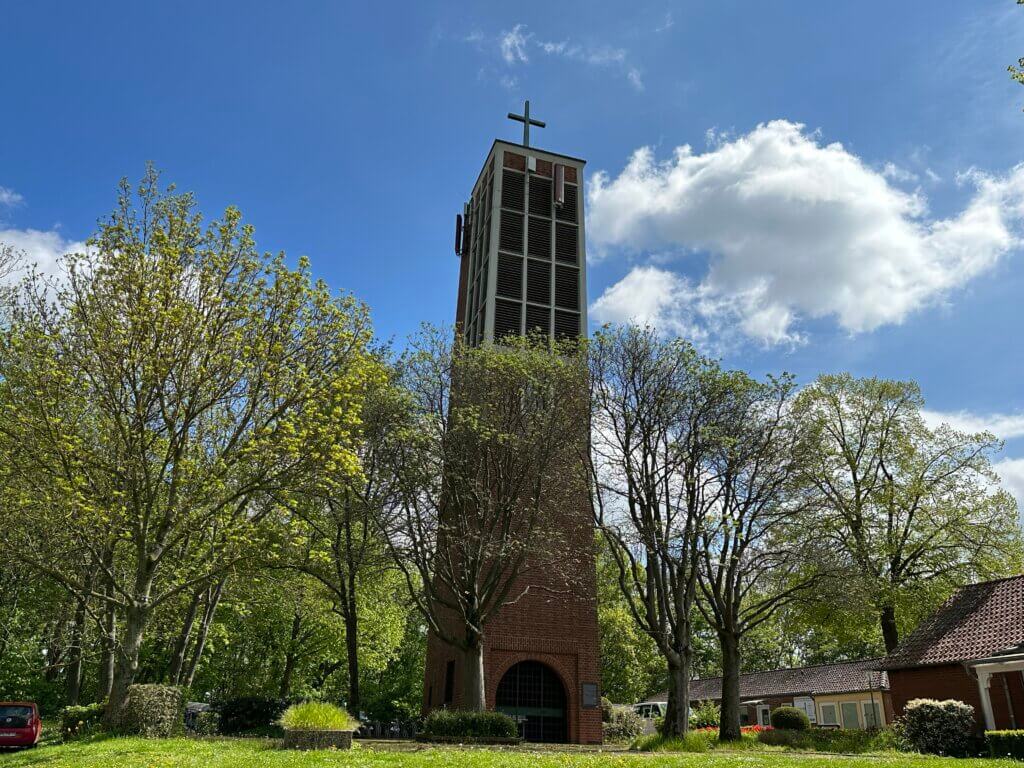
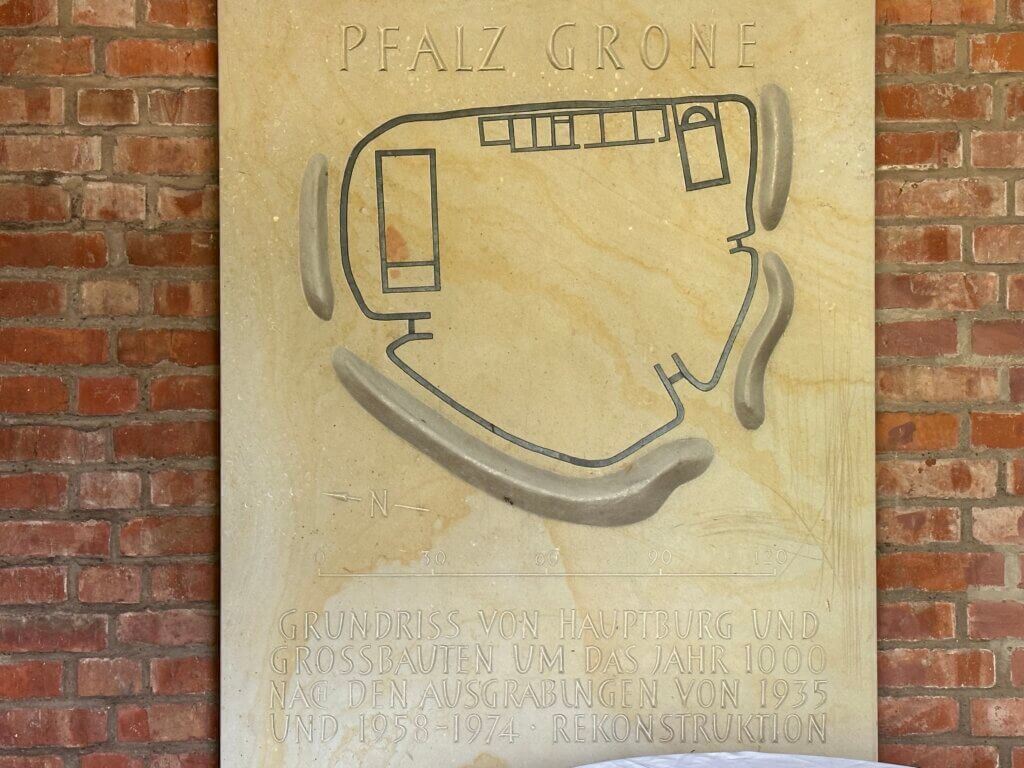
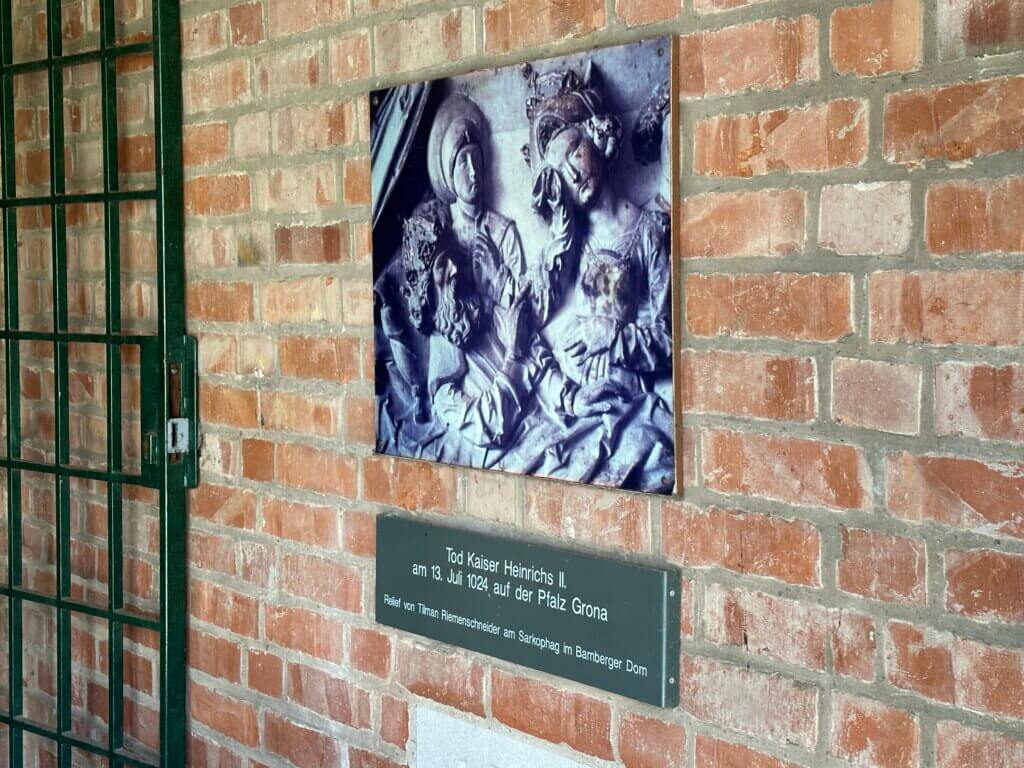
Next to it is the Friedenskirche and in its bell tower there is an additional memorial. Visitors sometimes confuse this with the real memorial stone that is a some meters away in the forest (a sign guides you there). If you want to get to the Pfalz Grona, you can either go by bus to the Pfalz-Grona-Breite and walk up the hill (bus 73) or directly go to Auf dem Hagen (bus 11).
Pfalz Grona
Westpark / Hagenberg / Weststadt
near Auf dem Hagen 21
37079 Göttingen
Germany
Loading map...

